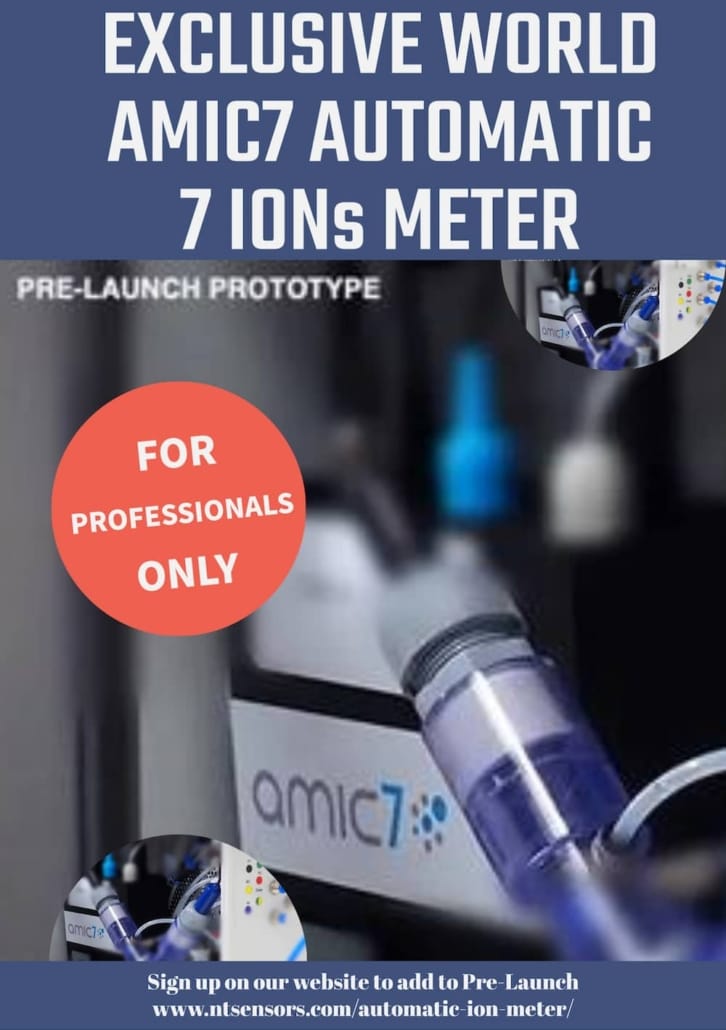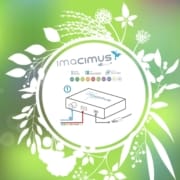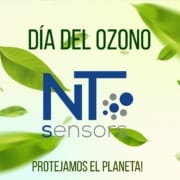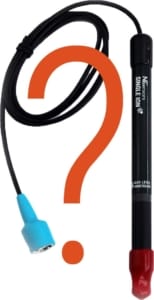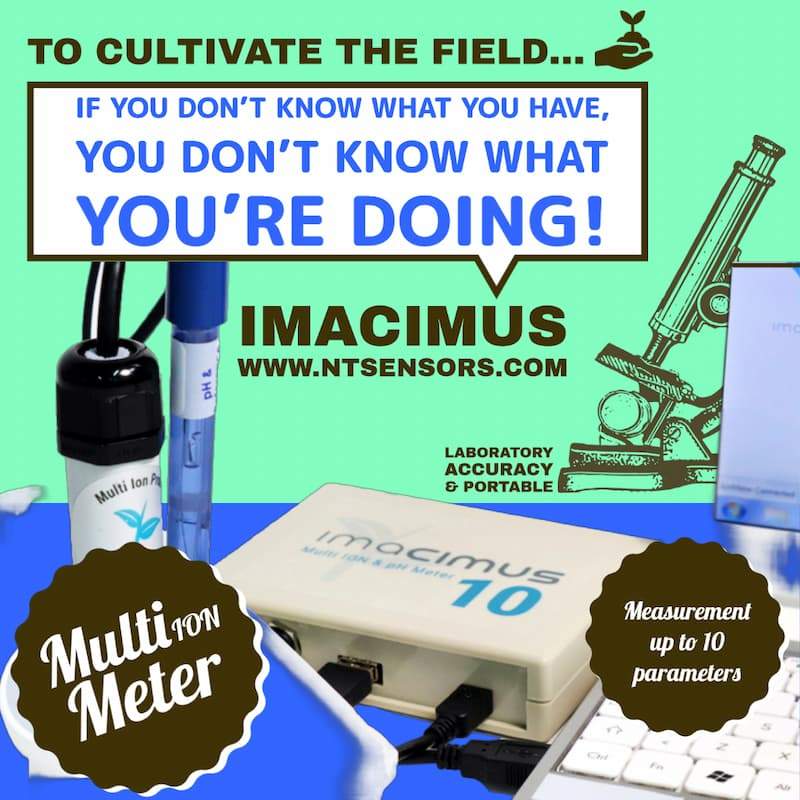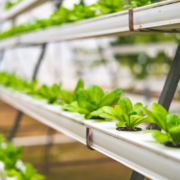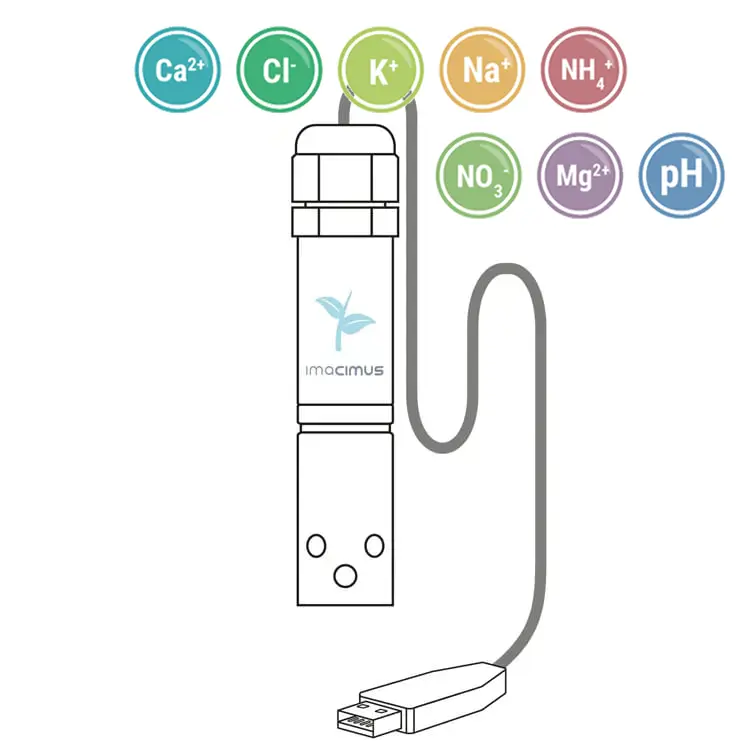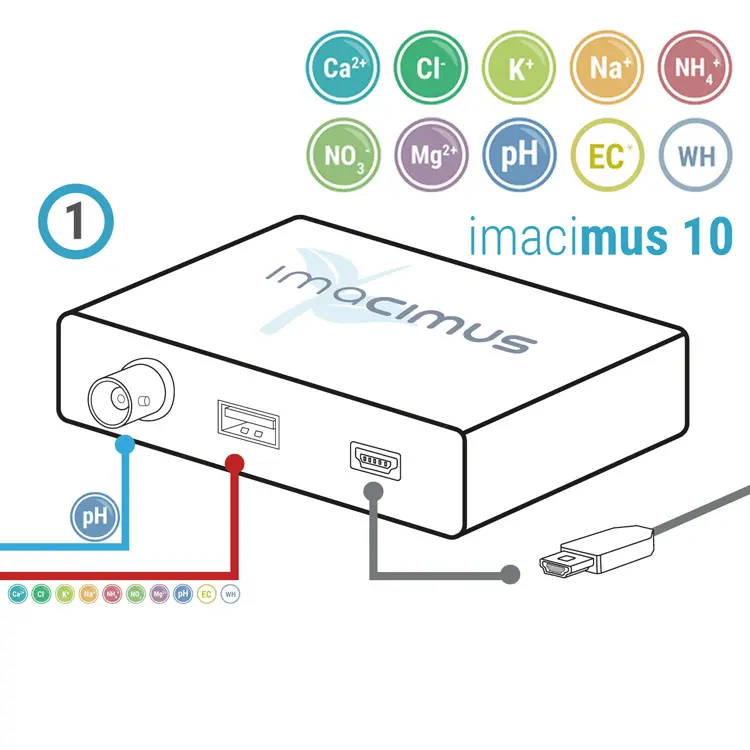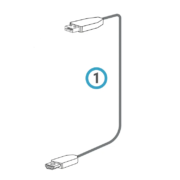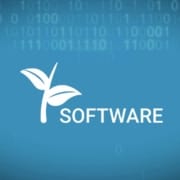AMIC7 Pre-Launch – Just on waitlists and limited units.
AMIC7 Just on waitlists and limited units.
Amic7 is in Pre-Launch Click here
Día del ozono
Protect the planet
Which Types of Ion Selective Electrode to Use?
An Ion Selective Electrode (ISE) is a type of electrode that is sensitive to a specific ion in a solution. ISEs are used in a variety of applications, including electrochemistry, sensors, and analytical instruments.
An ion-selective electrode (ISE) is a sensor that responds to a particular ion in solution by producing an electrical potential. This potential is proportional to the concentration of the target ion. ISEs are used in many different applications, including environmental monitoring, clinical diagnosis, and industrial process control.
There are three main types of ISEs: potentiometric, amperometric, and conductimetric. Each one has its own advantages and disadvantages.
There are many different types of ion selective electrode (ISE) available on our store.
Types of Ion Selective Electrode & applications
Potentiometric ISE measure the potential difference between two electrodes as a function of concentration.
Potentiometric ISE applications include pH measurement, ionic strength measurements, and metal analysis.
Amperometric ISE use a current flow to determine the concentration of ions in solution.
Amperometric ISE applications include glucose monitoring, DNA sequencing, and protein detection.
Conductimetric ISE use a voltage drop across a resistor to determine the concentration of the ions in solution.
Conductimetric ISE applications include heavy metals testing, drug screening, and environmental monitoring.
If you don’t know what you have, you don’t know what you’re doing!
NEED MORE INFO? CLICK HERE If you don’t know what you have, you don’t know what you’re doing!
If you don’t know what you have, you don’t know what you’re doing!
4 Features of Hydroponic Nutrient Sensor
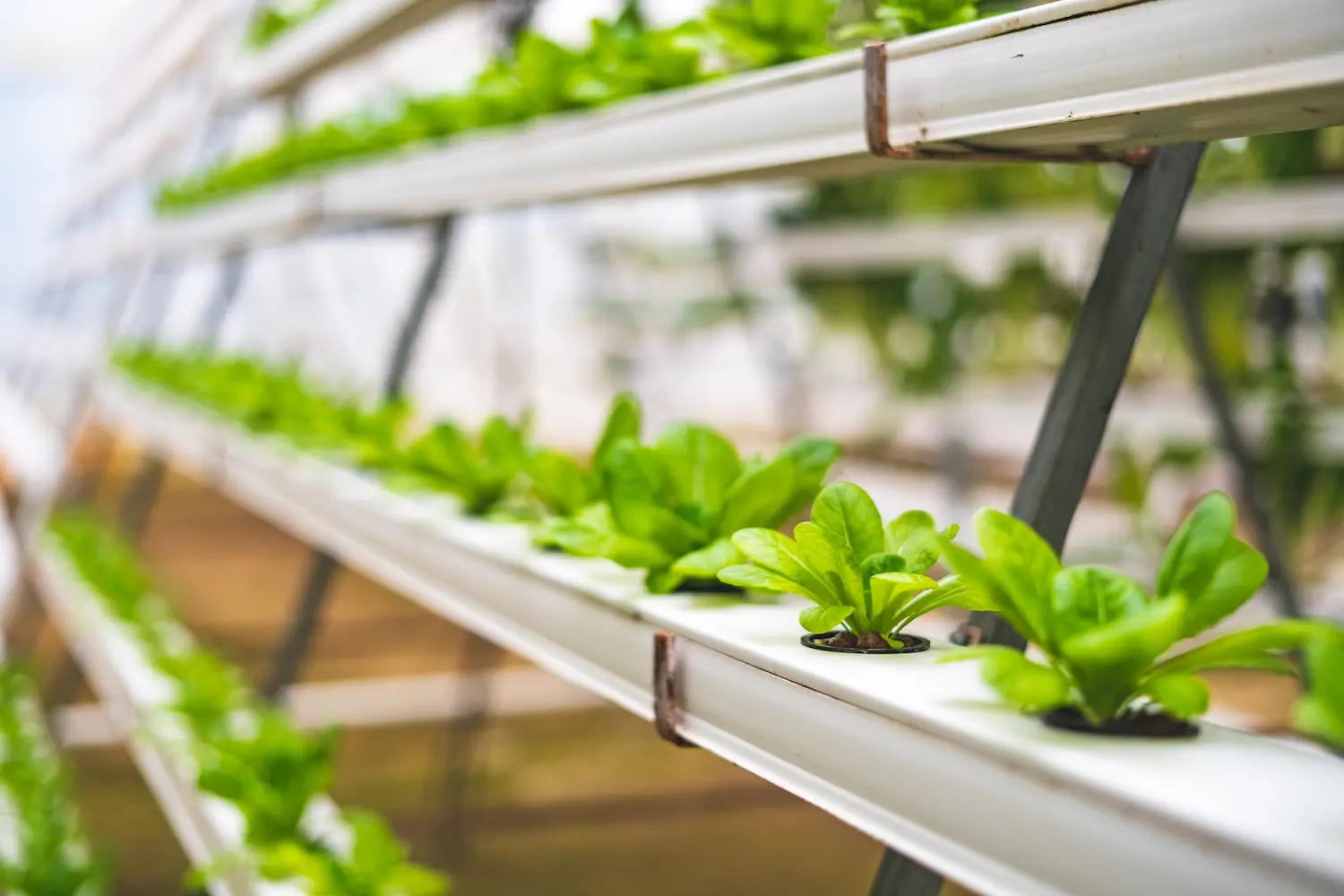
Hydroponics nutrient sensor for analysis
Hydroponics is an alternative method of growing food using water instead of soil. The hydroponic nutrient sensor meter and nutrient meter track nutrient levels.
4 Features of Hydroponic Nutrient Sensor
- It measures nitrogen levels with an ISE nitrogen sensor. A nitrogen sensor measures the nitrogen level in its solution. You can use this data to determine whether you need to add more fertilizer or not.
- Monitors nitrate levels with a nitrate ISE sensor. A nitrate sensor monitors nitrate levels in its solution. This allows you to see how much nitrate is available in your solution.
- Detects ammonia levels with an ammonium ISE sensor. The ammonia sensor detects ammonium levels in water. It will let you know when the level is too high. You can adjust the pH of your solution to reduce ammonia levels.
- Check pH levels with an ISE pH sensor. A pH sensor is a small device that connects to the sample. It measures the pH of your water and checks data. This allows you to see how your plants are doing.
A pH sensor will alert you when the pH level drops below 5.5 or rises above 7.0. If you notice a sudden drop in pH levels, you should check your water quality immediately. You can also use an inline pH sensor to measure the pH of your water every day.
Control all the nutrients in your hydroponics with lab accuracy.
With imacimus 10 it is possible, fast and accurate!
imacimus 10
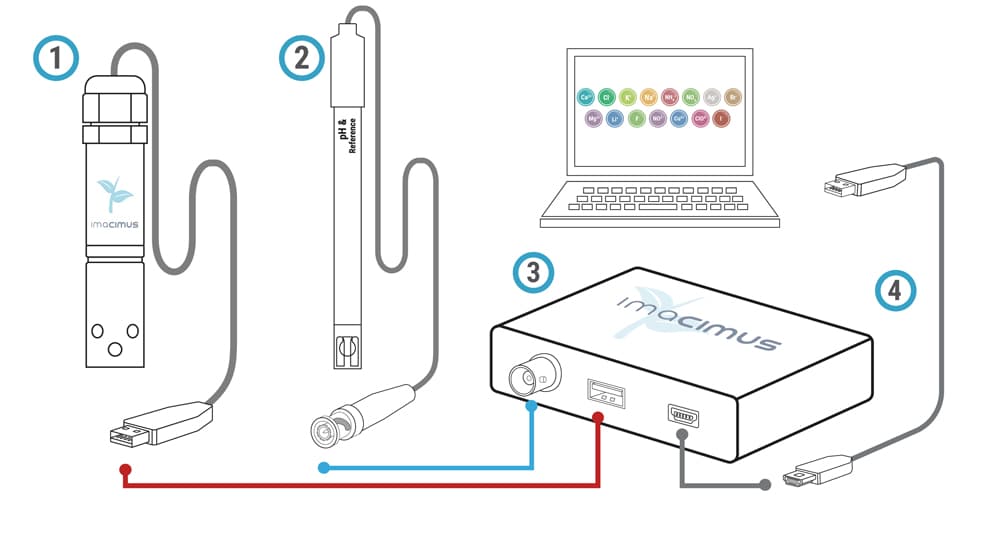
Multi Probe
Single ION pH
imacimus meter
USB cable
NT Sensors software
Hydroponics nutrient meter an indispensable tool.
Embarking on a journey through hydroponics, one quickly discovers the pivotal role of a hydroponic nutrient meter. Interestingly, this tool is akin to a personal garden assistant, diligently monitoring and providing vital insights into the nutrient conditions your plants are immersed in.
Furthermore, the essence of using a hydroponic nutrient meter is found in its remarkable precision and user-friendliness. Whether you’re an expert grower or a novice, this device remarkably simplifies the process of ensuring optimal nutrient delivery to your plants. Essentially, it acts as a transparent window into the nutrient solution – the lifeblood of your hydroponic system.
Let’s delve deeper into how this ingenious device can revolutionize your hydroponic gardening:
1. Real-Time Monitoring: Imagine the convenience of knowing the precise nutrient levels in your system at any moment. This is precisely what a hydroponic nutrient meter offers. Consequently, you’ll avoid the guesswork of whether your plants are under or over-nourished.
2. Tailored Nutrition: Each plant species has its unique nutritional needs. Fortunately, with a nutrient meter, you can customize the nutrient solution to meet these specific demands. It’s comparable to creating a specialized diet for your plants, ensuring robust growth and health.
3. Early Detection of Imbalances: Occasionally, imbalances occur in hydroponic systems. Significantly, a nutrient meter aids in early detection of these issues, averting potential harm to your plants. This early detection leads to prompt solutions, maintaining a flourishing garden.
4. Simplifies the Learning Curve: For beginners, hydroponics can initially seem challenging. However, a nutrient meter greatly reduces the complexity of nutrient management, enabling newcomers to quickly learn and grow like seasoned gardeners.
A hydroponic nutrient meter is not just a simple tool; it’s a transformative element for anyone committed to their hydroponic garden. It equips you with crucial knowledge and control, resulting in healthier plants, more abundant yields, and a more gratifying gardening experience. Here’s to successful and enjoyable growing!
NT Sensors, S.L.
Carrer de la Font, 48
43480 Vila-seca, Tarragona (Spain)
Phone: +34 977 95 39 25



